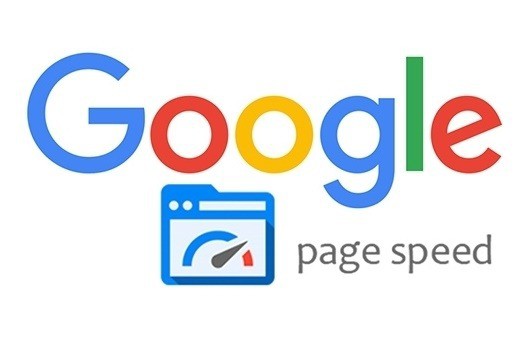
Page speed is undoubtedly one of the biggest factors that affect the search engine rankings. A brand with a digital presence simply cannot overlook the speed that its website takes to load various elements of the page, be it content, images, videos etc. More the loading speed, the higher will be the bounce rate. The faster the loading speed, higher the number of conversions.
What exactly is the Google PageSpeed Insights?
Google PageSpeed Insights is a tool that is widely popular among digital marketers to check the speed while Lighthouse is another Google tool which is preferred by the website developers. The former used to be a simple tool that provided basic analysis on a website’s loading speed. In a latest update, it was announced that it will now use Lighthouse Engine for its performance analysis. Previously, different analysis engines were used by Google’s tools which resulted in different recommendations from each tool. This will bring consistency in the reporting by both the tools.

Here’s what sources from Google said during the introduction of the new update.
“At Google, we know that speed matters and we provide a variety of tools to help everyone understand the performance of a page or site. Historically, these tools have used different analysis engines. Unfortunately, this caused some confusion because the recommendations from each tool were different. Today, we’re happy to announce that Pagespeed Insights (PSI) now uses Lighthouse as its analysis engine.”
Here are some major changes in the reporting because of Google PageSpeed Insights update
- Field Data – Using the ‘Chrome User Experience Report’, it shows the average loading speed of a web page over the past 30 days.
- Lab Data – This area shows the time taken by a page to reach a certain stage. There are 6 stages that affect the user experience.
-First Contentful Paint – The time at which the first text or image is painted.
-First Meaningful Paint – When the primary content of the page is visible.
-Speed Index- how quickly the contents of the page are visibly populated.
-First CPU Idle – marks the first time at which the page’s main thread is quiet enough to handle the input.
– Time to interactive –the time at which the page is fully interactive.
– Estimated Input Latency- The score is an estimate of how long your app takes to respond to user input, in milliseconds, during the busiest 5 seconds window of page load. If your latency is higher than 50 ms, users may perceive your app as laggy.
- Opportunities
These are some suggestions on how one can improve the page speed and user experience. It gives us an estimate time by which a page will load faster if the suggestions given by the tools are implemented.
- Diagnostics
It is a report on the performance of things like payloads, JavaScript, etc. The section ‘’passed audits’’ under diagnostics tells us all the things we have done right.
Being one of the most reliable tools for user experience analysis, Google Pagespeed Insights update is going to prove itself as an important tool for search engine optimization and the digital marketers. Do you have any queries regarding this? Or would you like to add more to this list? Please write to us at [email protected] or connect to us on Facebook / Twitter / or Instagram.



Greetings Article, I am compressing images by myself in photoshop (just reduce the quality of the image), and in general I’m happy with my site speed. But what I’m wondering is what are the best plugins for increasing the site speed (not only cache plugins) – so, is there some great general plugin for site speed optimization. Also, I have tried AMP but after design problems decided to delete it from my site.
Regards,
Ovais
Glad that you like it.
Please try Autoptimize plugin, this plugin might help you to improve website speed.